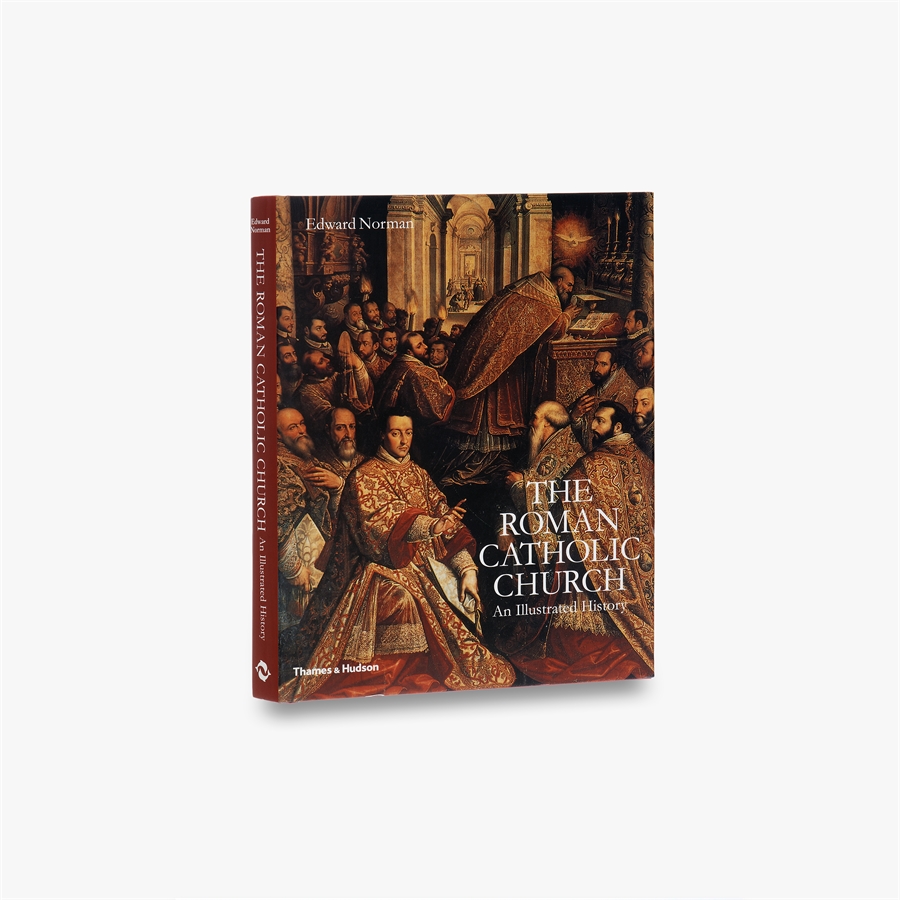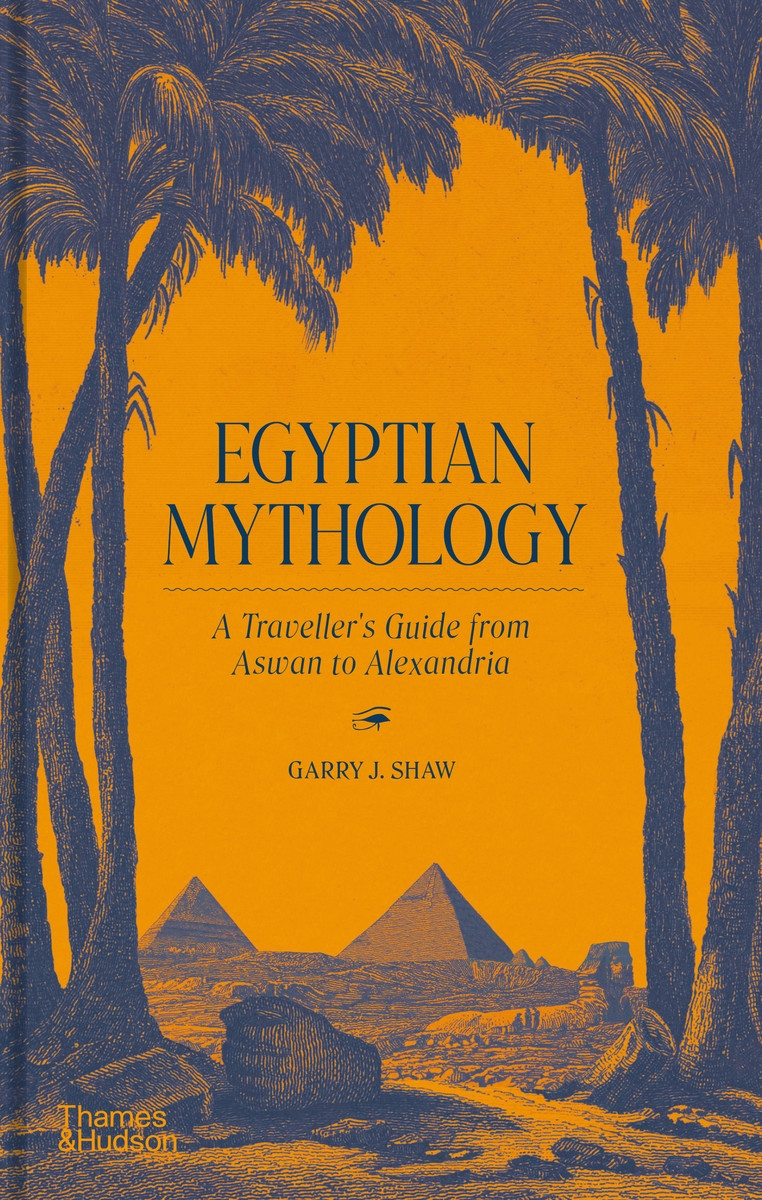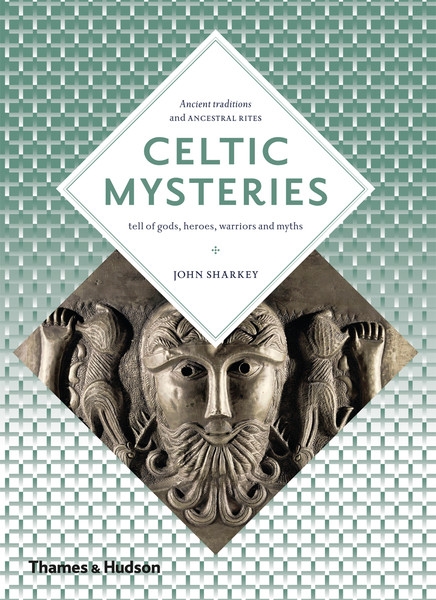Description
Edward Norman’s beautifully illustrated account begins with how Roman Catholics understand the Faith, before telling the story of the ways in which their Church has shaped the lives and beliefs of Christians and non-Christians.
It is partly a story of remarkable people, from the greatest theologian of the early Church, St Augustine, to one of the greatest world figures of the modern age, Mother Teresa of Calcutta. It is also rich in symbols, not least the basilica of St Peter in Rome, the most immediately recognizable church in the world.
Its focus is an historical account of epic proportions: in the first thousand years, how Rome’s Empire came to an end, but Rome itself became the heart of the Roman religion; the schism with Byzantine Orthodoxy and the transformation of the whole of Western Europe into Christendom.
Here you will find trenchant views of the Crusades, undistorted by today’s agendas, and of the Counter Reformation as the fruit of the venerable Catholic reforming tradition. And then the beginning of a new 500-year history, in which missionaries took their message to Latin America and the East. Today, the Catholic Church, once the defining institution in Europe, reflects the vision of the Second Vatican Council in 1962 and embodies Christ’s own injunction to ‘Teach all Nations’.



